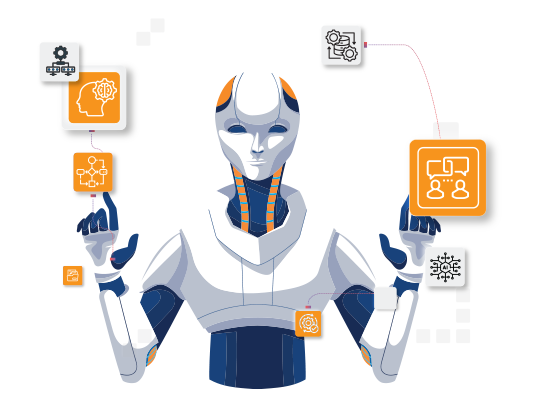Acquiring a new customer is just the beginning of the journey. To build lasting relationships and ensure they get the most value from your product or service, a structured approach is essential. This is where customer onboarding plays a crucial role.
What is Customer Onboarding?
Customer onboarding is the process of guiding new customers through their initial interactions, ensuring they understand the product or service being offered and can use it effectively. It involves steps like registration, account setup, product walkthroughs, and personalized support to help customers get started smoothly.
As the first significant touchpoint, customer onboarding should be seamless and set the tone for a rich customer experience. Yet, many businesses struggle with slow, manual processes that frustrate users. A digital banking report indicates that customer abandonment rates exceed 50% if opening a new account takes more than three to five minutes.
As people expect digital-first experience, it has become critical for companies to create onboarding strategies that are quick, simple and secure. While getting customers started instantly, businesses also must follow compliance and validate the data.
The Challenges of Traditional Customer Onboarding
Many industries, especially banking, insurance, and retail, still rely on lengthy, paperwork-heavy onboarding methods. These pose several challenges for the business:
- Slow Verification: Manual document checks can take days, delaying account activation
- High Drop-off Rates: Complicated sign-ups cause customers to abandon the process midway
- Lack of Personalization: Generic onboarding fails to engage customers and lowers retention rates
Top 3 Industries Benefiting from AI-driven Onboarding
- Banking, Finance and Insurance: Faster KYC, fraud detection, and paperless account opening
- Retail & E-commerce: Personalized onboarding and AI chatbots for guided sign-ups
- Healthcare: Simplified and fast patient registration with secure identity verification
How AI is Transforming Customer Onboarding
Today, AI-driven onboarding is revolutionizing how businesses engage with new customers, making the process faster, smarter, and more personalized.
1. AI Chatbots for Real-time Assistance
Customer onboarding often involves multiple steps, which confuses users. AI chatbots help customers navigate this journey by offering real-time guidance and answering common queries instantly.
Unlike rule-based bots that offer predefined responses, AI-powered bots use machine learning (ML) and natural language processing (NLP) to understand customer intent, learn from the environment, and provide context-aware responses. These bots can proactively suggest next steps, remind users to submit pending documents, and even escalate issues to human agents when necessary.
As per industry reports, customers are 50% more likely to remain loyal to a company that offers proactive chatbot support.
2. Personalized Onboarding Journeys
A one-size-fits-all onboarding process with generic communication fails to engage customers. AI-driven solutions leverage predictive analytics and customer behavior analysis to create personalized onboarding experiences, including tailor-made welcome kits and emails.
For instance, an elderly user might be guided through a detailed step-by-step tutorial, while a tech-savvy customer might get a fast-tracked version with fewer steps. AI can also suggest relevant services based on a customer’s demographics, browsing behavior, and previous interactions, making the onboarding process feel intuitive and engaging.
3. Automated Document Processing & KYC
AI-powered optical character recognition (OCR) and computer vision technology can replace the traditional, error-prone verification process. Smart solutions replace manual checks by scanning and extracting relevant data from documents within seconds. AI systems compare this data with official or government databases, ensuring accuracy while flagging potential discrepancies or fake applicants.
According to a McKinsey & Company report, institutions utilizing high-assurance digital identification for customer registration can reduce onboarding costs by up to 90%.
4. Fraud Detection & Risk Assessment
Identity fraud is a major concern in digital onboarding, especially in the banking, insurance, and e-commerce sectors. AI-powered fraud detection systems use ML algorithms to analyze patterns and detect anomalies in real time.
A real-world use case for potential fraud would be a user attempting to create multiple accounts using slightly altered personal details. Similarly, AI can detect synthetic identity fraud, where criminals use a mix of real and fake data to create new identities. AI continuously learns from new threats and helps businesses maintain a secure onboarding environment.
The Future of AI in Customer Onboarding
AI-driven onboarding is evolving rapidly with advancements like Generative AI, which can create hyper-personalized customer journeys, and predictive analytics, which anticipates customer needs even before they arise. As AI adoption in customer experience grows, businesses that embrace AI-led onboarding will gain a competitive edge, delivering faster, smoother, and more engaging journeys for their customers.
You might be interested in




